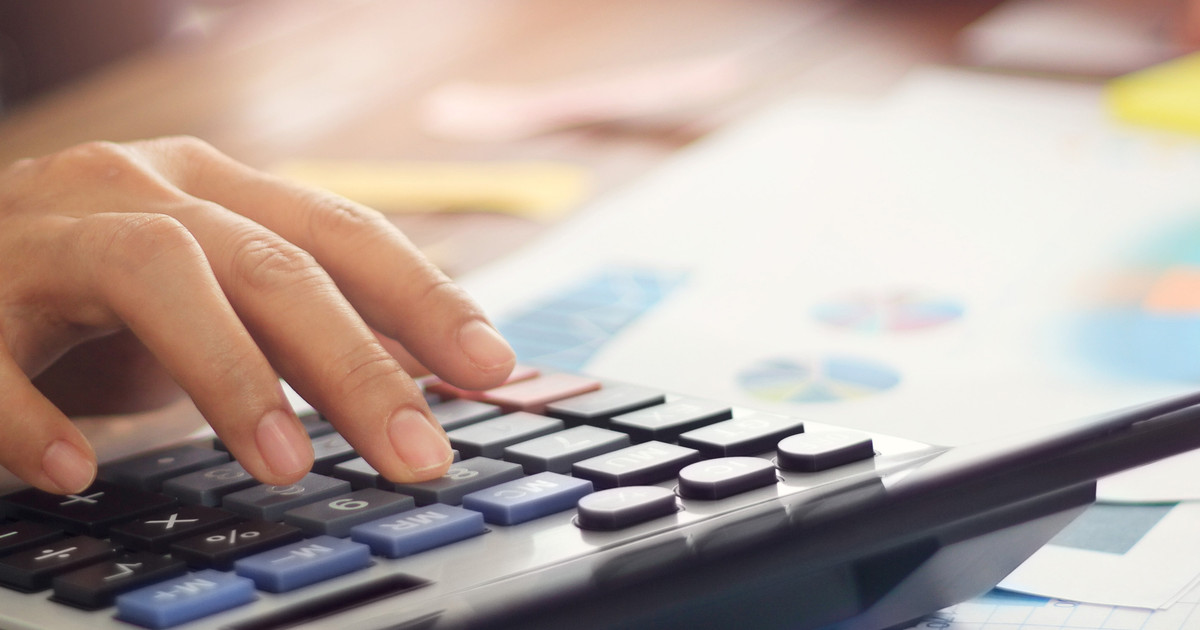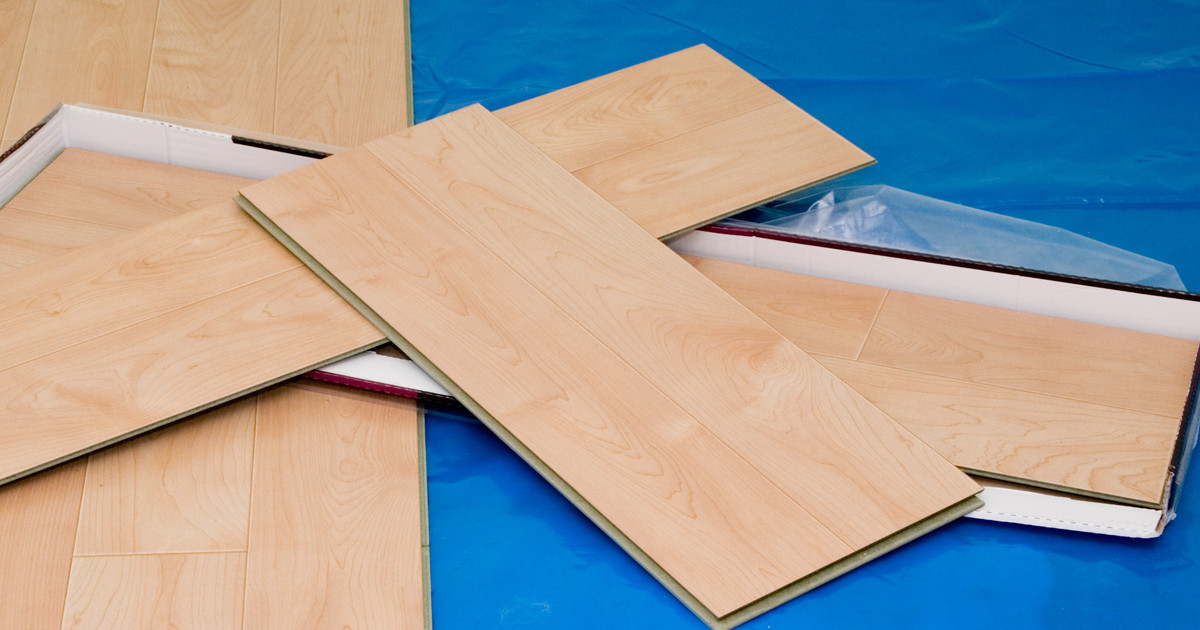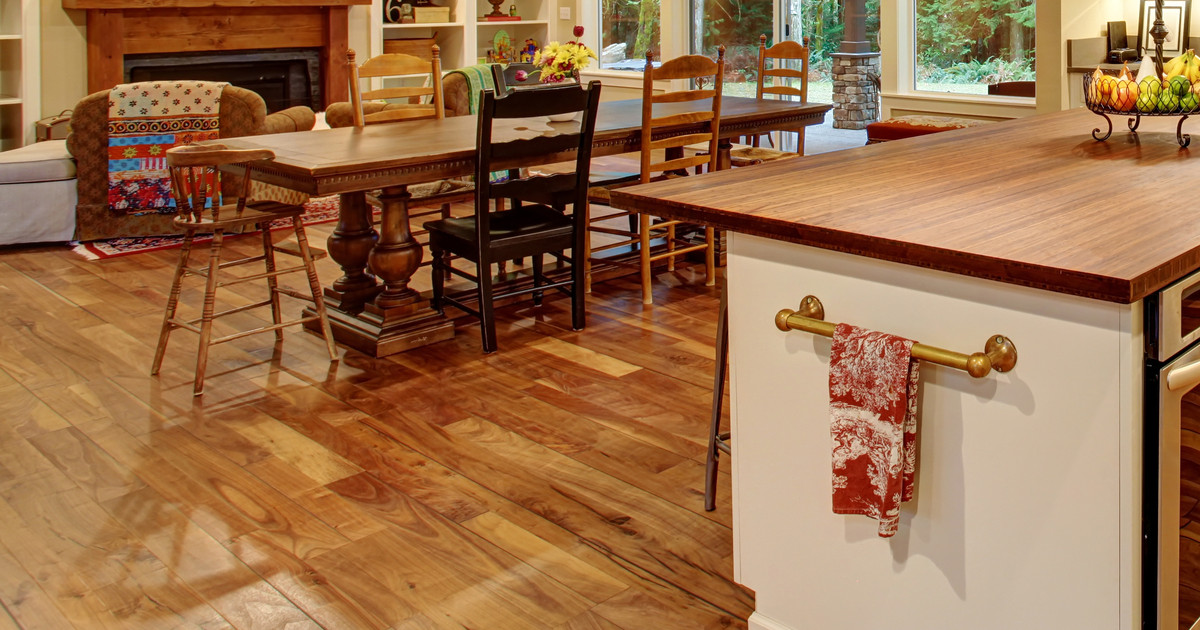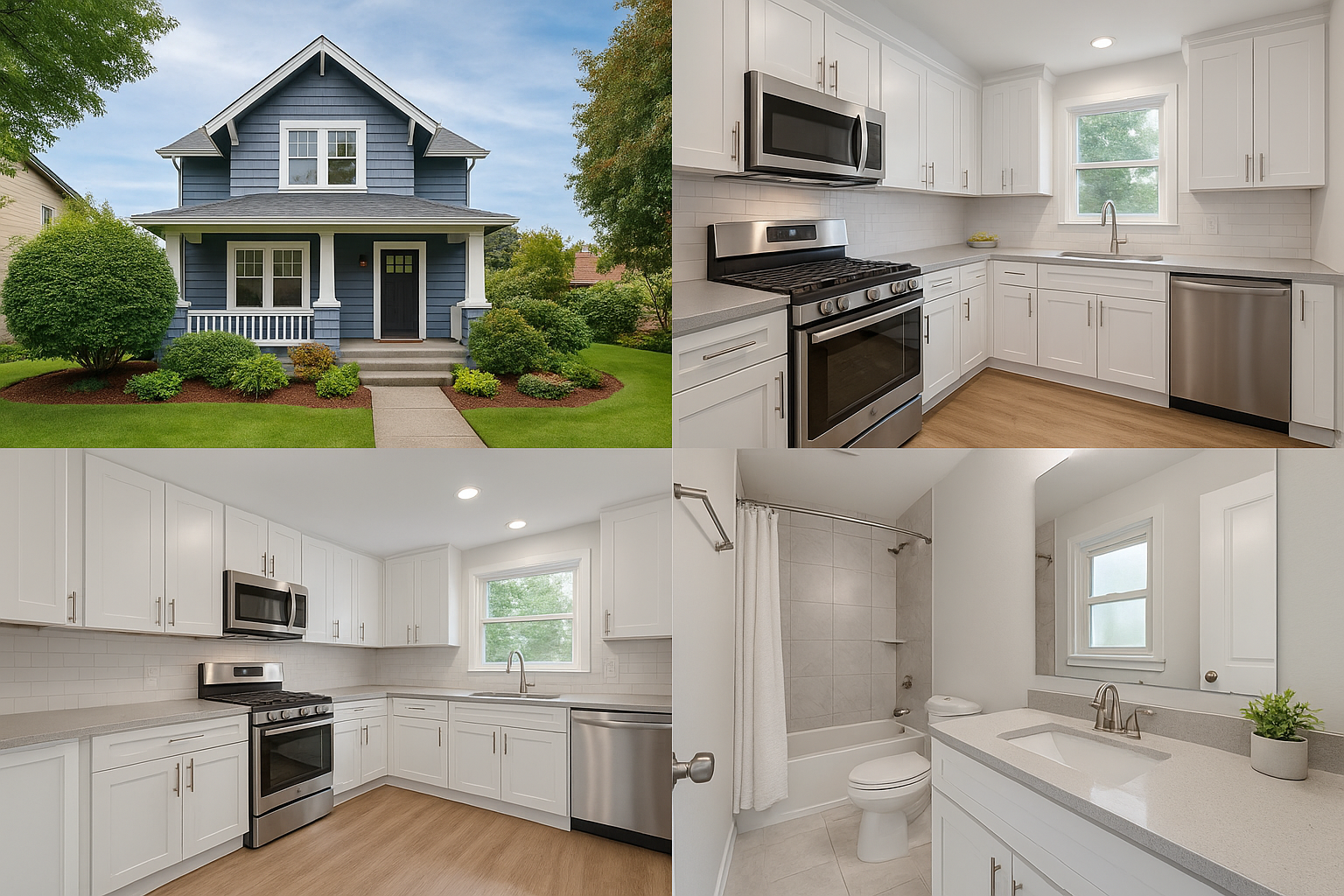Tips For Choosing Hardwood Flooring
Few types of flooring have a chance of matching the elegance and beauty of hardwood. Hardwood floors are made mostly from deciduous trees, such as oak, hickory, birch, and maple. They are not necessarily harder than softwoods such as pine, though they are denser. Besides their beauty, hardwood floors are long-lasting, feel delicious beneath bare feet, and hold in the warmth. Most hardwood floors are easy to maintain. A hardwood floor can also add to the value of the home.
Installing wood floors is amazing, particularly when you are going from carpet to hardwood! Of course, there are many options and factors to considering, including if you are going to be installing engineered hardwood flooring. Thankfully, a few simple tips will have you purchasing new or replacing hardwood floors quite quickly. Once you have the tips, you will be ready to type in and search for the popular wood flooring companies near you!
Decide On A Budget

Before you do anything else, you need to decide on a budget for your hardwood flooring. Many hardwood floors cost more than you think. The expense of the new flooring, after all, may involve repairs to the sub-floor. Most of the money you need for hardwood flooring is the material itself. However, unless you install the flooring yourself, you also need to pay for labor. Currently, the cost to install a hardwood floor ranges from 2500 dollars to seven thousand dollars. The space you need to cover matters here. The cost often breaks down to six to twelve dollars per square foot.
The type of wood used factors into the cost as well. Maple, for example, can cost up to fifteen dollars per square foot, while Brazilian walnut costs between eleven to twenty dollars per square foot. Other factors that affect the price of the wood are its grain, color, and width, and if it is solid wood or engineered. The grade of the wood is also important, especially if the wood is oak.
Reveal more tips for choosing hardwood flooring now.
Evaluate The Sub-Floor

You need to evaluate the sub-floor before installing a hardwood floor. This is the next step in the process after determining your budget. The sub-floor, as the name suggests, is the floor beneath the floor you see in a finished home. It is usually made of panels laid over joists and trusses. The thickness of the panels depends on the maximum rating of the joist span. The most popular materials are oriented strand board or plywood. Oriented strand board is less expensive than plywood and does not tolerate water as well.
Although the panels are the most common type of sub-floor, there are others, including concrete. In addition, sub-floors can have double layers. It is vital to evaluate your sub-floor since you may need to prepare the floor before installing the hardwood. This can include sanding panels until they are flat, making sure they are clean, and repairing or replacing them if necessary.
Learn about more tips for choosing the best hardwood flooring now.
Compare Solid Versus Engineered Hardwood

Hardwood flooring can be solid or engineered! Thus, you need to take the time to compare solid versus engineered hardwood. Solid wood is usually made out of solid squares, planks, or strips of a certain wood. The advantage solid hardwood flooring has over engineered flooring is that it can be refinished considerably more times. Solid floors also tend to last longer, which is why you see solid hardwood floors that are well over a century old. A drawback of solid wood is that it does not adapt as well to humidity as engineered wood. Thus, it is not the best choice for a bathroom or laundry room! They also should not be placed directly on concrete without a vapor barrier. Solid hardwood floors are also nailed in place, while engineered wood floors can be snapped in place if the planks or squares have tongues and grooves.
Engineered wood is made up of layers of wood. Lower layers are often of inferior wood or plywood. Its top layer, also called the wear layer, is made out of quality wood. Engineered wood is very strong because a layer is laid down perpendicular to the layer just above and below it. The layers are then pressure glued together! Though they cannot be refinished as often as a solid wood floor, since the wear layer is sometimes only .6 millimeter thick, engineered floors are very stable and can last decades. Engineered hardwood floors can be laid directly over concrete and are not as subject to warping. Of course, engineered wood is considerably less expensive and still looks like real hardwood. Thus, it is often great for you if you cannot afford the expense of solid hardwood!
Learn more about choosing appropriate hardwood flooring now.
Evaluate Home Decor And Personal Style

During the process of picking out hardwood flooring, you also need to evaluate your home decor and style. The diversity of hardwood flooring is vast. Thus, it should not be a surprise to know that there is a type of hardwood flooring for every style. However, not every type of hardwood flooring will fit every style of home decor! A beautiful, flawless hardwood floor made from dark oak may be perfect for a dining room filled with Regency furniture. However, pale maple floors with a few burrs and knots are great for a country kitchen! This evaluation, which is entirely up to your taste, is the most fun part of choosing a hardwood floor.
Discover more tips for choosing hardwood flooring now!
Consider Hiring A Contractor For Installation

When it comes to installing your hardwood floor, you should always consider hiring a contractor! An experienced contractor has the right equipment and will avoid the expensive mistakes you may be at risk of making, even if you are fairly good at home improvement projects. This includes cutting the hardwood to fit properly in the space! Of course, engineered wood is often easier to install, since most varieties allow you to click the flooring together.
Regardless, a contractor is a convenient option. You do not have to do the work yourself, and in many cases, you do not even have to purchase the wood yourself! Contractors can bring you samples, and once you pick, they make the purchase. Of course, you will pay for the material later, but you do not have to worry about picking it up! A conscientious contractor will offer you a written contract that includes payment schedules and a start and end date. They will often operate out of a physical store location instead of their truck, and you can easily reach them if you have questions. They are also licensed and insured.







